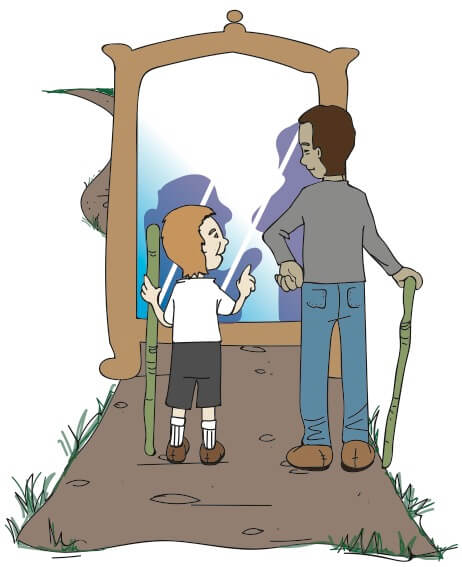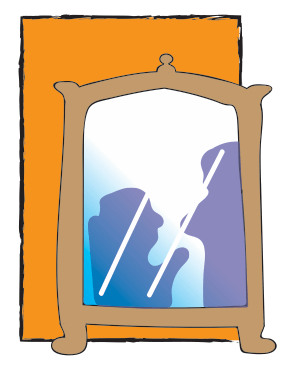ABC of INQUIRY – FEEDBACK
ABC of INQUIRY – FEEDBACK “It is good to have an end to journey towards, but it is the journey that matters in the end” Ursula Le Guin
FEEDBACK: The giving and receiving of ideas that bring about change
Ursula Le Guin talks of journey and feedback is what helps learners continue their journey making new, more informed and deliberate choices as they move along. Feedback at the end of a journey might help in looking back, but feedback during the journey, helps one be aware of and alert to the journey itself. Feedback is a two way street, involving the giving and receiving of information. Traditionally feedback was the handing back of marks and/or some comments at the end of a learning process. This did not open up an opportunity for learners to ask questions or seek clarification in order to make changes or develop further understandings.
The job of feedback is to provide an opportunity to explore, reflect and develop the HOW, WHAT, WHY and WHO of learning.
- The HOW of learning: Provide an opportunity to feedback and reflect on the skills, strategies and processes used during different parts of the inquiry.
- The WHAT of learning: An opportunity to share and reflect on the level of understanding related to the subject or inquiry content; a chance for misconceptions to become guiding inquiry questions
- The WHY of learning: Feedback connected to the relevance of the learning, the content and teaching strategies to those involved in the learning process.
- The WHO of learning: A chance to scaffold reflections that explore mindsets, positioning and attitudes that are underpinning the learning experience.
All feedback needs to be scaffolded and be open to all parties giving and receiving information. Power balances in relationships and personal agendas need to be made visible and addressed safely if the feedback process is to be useful in bringing about change.
Feedback can be between a teacher and student, peer to peer, group , paired or individual. There is a need to scaffold or provide frameworks for the feedback interactions to avoid an echo chamber of less than constructive ideas and to ensure that feedback is safe and relevant.
Feedback should be apart of the ongoing learning process, not something offered at the end of a process. Feedback needs to be:
- Timely: Given in a timeframe that enables reflection and actions to make a difference to the learning process
- Relevant: Awareness of individuals is critical for feedback to be useful to each member of the learning process. There is a time and place for general feedback, but personal feedback will have a greater influence on those who are receiving it. Feedback needs to be differentiated to meet the needs of the individual participants. Feedback should be related to criteria or learning outcomes made visible before the tasks or inquiry were undertaken
- Constructive: Feedback needs to be constructive, that is to have the intention to bring about positive change as a result of useful information
- Open to question: All parties involved in the process need to be able to give and receive information that is constructive and useful. Teachers should be open to feedback from peers and students about choices made in the teaching process. Students need to be supported to give and receive constructive feedback to peers and teachers in order to enrich or support themselves, others and the learning process
- Safe: All feedback situations should be safe and have clearly stated expectations about the type of language, intention, tone and content to be addressed. If trust is absent from a feedback interaction the feedback will not be useful or engaged with
Feedback is part of the reflection process that enables learners to turn mistakes into launch-pads for new learning.
BCW will now use ‘They — themself’ as a singular, gender-neutral pronoun in all subsequent material generated on our website.
All Rights Reserved © 2018 Beconwiz All ideas and illustrations are the property of BeConWiz.

BeConWiz Ideas and Thoughts by Carla Holmes, Mary-Denese Holmes, Pearl Holmes is licensed under a Creative Commons Attribution-NonCommercial-NoDerivatives 4.0 International License.
Based on a work at https://beconwiz.com.
Permissions beyond the scope of this license may be available at https://beconwiz.com.

